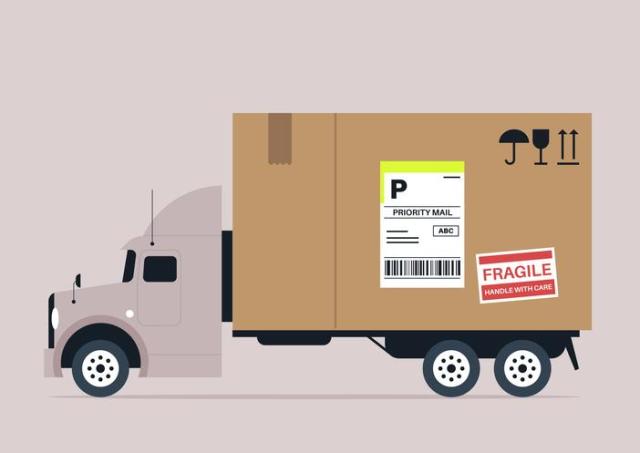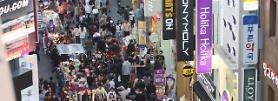
SEOUL, June 26 (AJP) - South Korea’s logistics market is pulling back. After years of rapid expansion, the Seoul metropolitan area is now seeing a marked slowdown in new warehouse development, as rising costs, limited access to project financing, and a shifting demand landscape prompt developers to reassess their strategies.
According to the 2025 Korea Logistics Market Report from Cushman & Wakefield Korea, about 3.92 million square meters of logistics space were completed in the capital region last year, a 33 percent drop from 2023. The number of new projects also fell sharply, from 95 to 51.
Even amid the broader slowdown, one trend stood out: a continued shift toward larger-scale facilities. Warehouses over 66,000 square meters made up a growing share of the new supply. These larger properties are favored by major e-commerce and third-party logistics, or 3PL, firms, which now dominate the tenant base. Nearly 40 percent of new approvals in 2024 were in this category, pointing to sustained demand for scaled-up, high-efficiency centers.
However, a widening gap between approvals and construction suggests the pipeline is far from secure. As of late 2024, 85 percent of logistics projects that had received permits were still unbuilt. More than 110 of those had remained idle for over two years. The report attributes this stall to a combination of rising development costs and a tightening project financing environment, which have made it increasingly difficult to move forward with new construction. As a result, the market is entering a prolonged supply correction.
Region by region, the picture varies. The eastern zone, traditionally anchored by Icheon, saw the steepest drop in new completions, down nearly 70 percent from the previous year. With land growing scarce in core areas like Seoicheon, developers are shifting outward to places such as Yeoju and southern Icheon. The western region, which includes Incheon, Siheung, and Gimpo, was the only area where supply increased, delivering close to 2 million square meters in 2024. Still, with only six new projects approved there last year, future deliveries are expected to decline.
In the south, activity remained stable. More than 1.19 million square meters of new space were completed in Anseong and Pyeongtaek, with most of it leased before completion. The central region, including Anyang, saw no new deliveries for the second year in a row. The north added only a modest amount of new space.
Speculative development has slowed significantly. Developers are increasingly turning to build-to-suit strategies, especially in the cold storage segment. Many cold-chain facilities built during the pandemic remain vacant, often due to outdated or mismatched designs. The report points to issues such as inefficient dock access, narrow ramps, and freezer-heavy configurations that fail to meet current demand. The average vacancy rate for cold storage centers now stands at nearly 40 percent, reflecting a persistent disconnect between facility design and tenant needs.
By contrast, ambient logistics centers recorded a vacancy rate of about 17 percent. These facilities have fared better, especially when built with large floorplates and located near highway interchanges. Properties with strong specifications and proximity to transportation corridors are seeing faster leasing and stronger renewal momentum.
With fewer completions expected in 2025, high-quality existing properties are becoming more attractive. "Large-scale, high-spec properties with strong access to transportation networks will see stronger leasing momentum, especially in undersupplied areas like western Gyeonggi," the report says.
Cushman & Wakefield characterizes 2025 as a structural turning point for the market. While new supply is set to decline further, demand is becoming more selective, pushing landlords and developers to focus on quality, functionality, and long-term viability. After years of chasing volume, the market is now resetting. For both investors and operators, success this year will depend less on how much space is delivered and more on how well that space performs.
Copyright ⓒ Aju Press All rights reserved.



